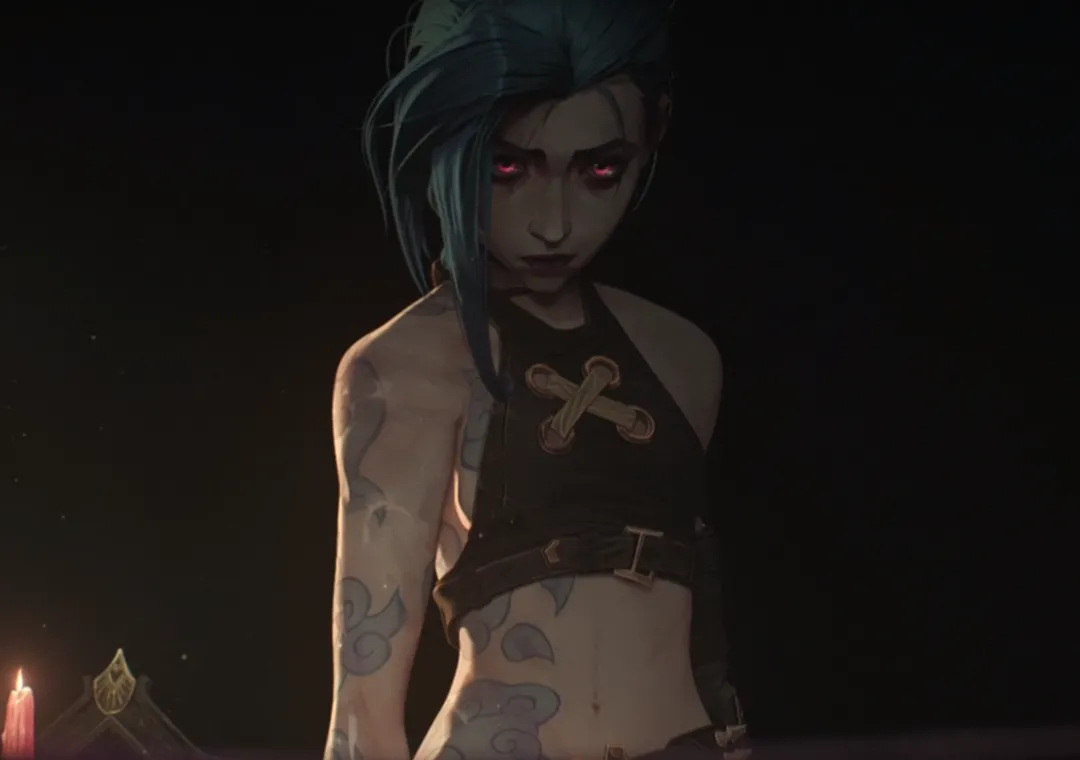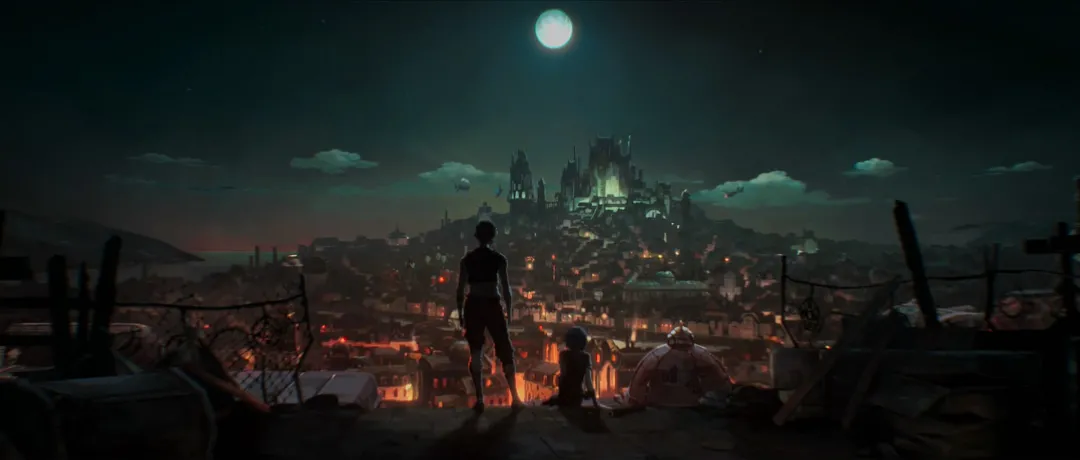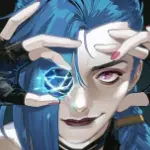If you had told me a week ago that I would have not only watched a show about League of Legends but also enjoyed it so much that I would even go on to watch the documentary about how it was made, I would have laughed in your face - but that’s the magic of Arcane, I guess. Given its stellar reviews, I don’t know how I missed the show until now, and to be honest, I almost didn’t watch past the first few minutes because of one character I found particularly grating. Regardless, if you need proof that the “Videogame Movie Curse” isn’t real, Arcane is all you need to see that any IP can be made great if the minds behind it are truly passionate about it.
When watching a movie or show, I care about the story more than anything, and Arcane more than delivered thanks to Riot’s desire for perfection. The show started as a passion project with a tiny budget of $2000, slowly getting more and more resources until they had finally produced the pilot and… The higher-ups put a hold on the project because they “[didn’t] have the story yet”. Given the time and money invested, not only by Riot but also by their animation studio, Fortiche, who had just hired 70 new people to work on the project, it was a devastating move, but one that was clearly worth it once you see the final product. As somebody who only knew about the game because their partner played it and whose knowledge was limited to the existence of Jinx (to whom I was compared, which I now recognise was not a compliment), the creators did a fantastic job of making it accessible and watchable to even those who are unfamiliar with the original game by simply writing a great story. One of my favourite analyses of why Arcane’s story works so well is that all of the main characters have hamartias, Greek for tragic flaws, inherent personality traits that despite being neutral or even noble ultimately lead to their downfall. That the character design can be compared to Greek legends just goes to show the effort the team put into creating not just compelling characters but whole and relatable beings.

Arcane doesn't just let its cast of characters go to waste either, putting them to good use to explore the show’s central themes. By switching between different character perspectives, Arcane creates a similar effect to anthology films, delving deeper into the piece’s main questions and offering the audience a variety of possible answers for them to consider before drawing their own conclusions. I’m amazed by how well they presented moral greyness in their characters, too. Many works, when trying to elicit sympathy for villains, just throw in a mention of past trauma and expect the audience to feel bad sympathy for the antagonist. Similarly, heroes, when forced to make “evil” choices, are often shown to drown in guilt over it and then never do it again because they apparently learned from their singular mistake. Arcane doesn’t rely on such cheap tropes - it doesn't draw clear lines between villains and heroes, showing the audience the trauma behind each character and how that impacts their choices, causing them to make mistakes that feel fated, understandable, and horrible all at once. Altogether, the show's reflection on the inherent ambiguity of life creates a mature, nuanced, and meaningful story that leaves the audience with a lot to consider.

Given that I am a story-oriented viewer, though, Arcane’s most impressive feat is that it made me care about how its visuals were developed as well. The art style feels unique and refreshing, which some have attributed to its mix of 2D and 3D animation. While I don’t understand enough to really explore this in-depth, I do think that having 2D backgrounds with 3D animation overlays creates an interesting subconscious effect that emphasises the dynamic role of the characters in a world that is unwilling to change. The usage of 2D effects, especially in the action scenes, perfectly matches the mood of a video game, but because it's mixed with “camera” movements, it feels like somebody is actually filming everything, lending a more tangible and real feeling to the work at the same time. The design of Piltover and Zaun is extraordinary too, not only aesthetically pleasing but also made to align with the values of each location, heightening the contrast between what they represent. Given that Arcane has an amazing custom-made soundtrack too, it's clear the show offers a full audio-visual feast along with its captivating plot.
The so-called “Videogame Movie Curse” is clearly just a way to write off video games as being a lower form of art which is doomed to fall flat for those with “taste” - thankfully, though, this is easily disproved by the existence of pieces such as Arcane. How did it manage to pull off what so many other games failed? Arcane: Bridging the Rift gives the obvious answer, that what it took was passion, creativity, risks, and a slightly unhealthy dose of perfectionism - I'd definitely recommend the documentary to anyone who wants to see what happens when creatives are given the freedom to perform at their best. Those wanting to replicate Riot's success don’t need to take their films and TV shows to the same level as Arcane did, of course - the show's reviews are stellar, so a decent video game adaptation could be made with a lot less effort. Then again, seeing what Arcane was able to achieve, who could accept mediocrity anymore?








Share your thoughts!
Be the first to start the conversation.